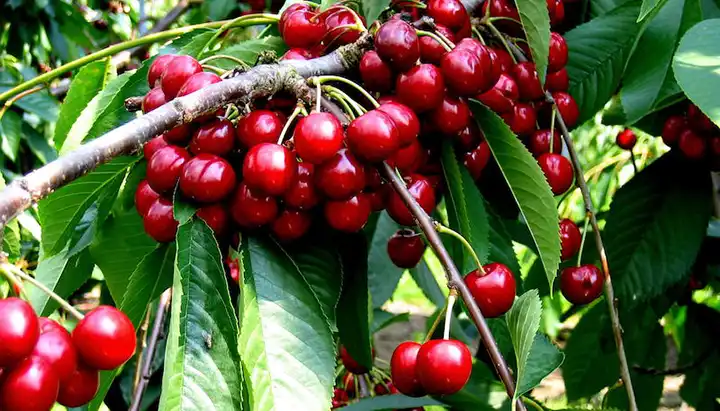Unlocking the Green Secret: Iodine – A Gardener’s Hidden Ally
Gardening is a delicate dance of nurturing and protecting, a constant battle against the elements that threaten the vibrant life of plants. Amidst this, a lesser-known ally emerges from the shadows: iodine. Often associated with human health, iodine’s role extends beyond our bodies into the realm of gardening, offering a natural solution to fortify plants against various adversaries.
At the heart of every gardener’s fear lies the vulnerability of their green companions. Diseases and pests can swiftly strip away the beauty painstakingly cultivated in gardens, leaving behind devastation. Organic gardening, devoid of strong chemical interventions, poses a challenge in this regard. Enter iodine, a game-changer in the pursuit of plant health and vitality.

The Power of Iodine
Iodine’s prowess lies in its multifaceted benefits for plants, particularly tomatoes, peppers, cucumbers, and eggplants. Acting as a regulator, it aids in water flow and nitrogen regulation—vital components for robust growth and development. Oxygen absorption and the pivotal process of photosynthesis find equilibrium when iodine levels are optimal within plants.
Beyond these fundamental roles, iodine proves its mettle as an effective insecticide, combating bacteria and fungi that threaten plant health. The common variant utilized in gardens typically comprises a five percent solution sourced from the pharmacy. However, this concentrated form demands careful handling and dilution for safe application.
Application and Protection
Protecting tomatoes, a crop highly susceptible to blight, involves a meticulous concoction: 40 drops of five percent iodine solution mixed with 15 ml of hydrogen peroxide in 10 liters (2.6 gallons) of water. Adjustments might include the addition of 1 liter of raw milk, although this demands caution due to its potential impact on the plants.

Cucumbers, vulnerable to powdery mildew, find refuge in a similar iodine solution—10 drops per 10 liters of water. Again, the optional inclusion of raw milk requires discretion. Strawberries, when treated with a diluted iodine solution, exhibit accelerated growth and heightened yields, reaping the sweet rewards of this natural supplement.
Guidelines for Success
Timing and methodical application form the crux of success with iodine. Weather conditions play a pivotal role; spraying before rain diminishes effectiveness. Optimal application occurs during stable weather, in the evening, ensuring the solution permeates leaves before dew settles. To safeguard plant health, adhere strictly to the recommended application intervals—three times per season with a 14-day gap between sessions.
Closing Thoughts
Iodine’s integration into gardening practices as a natural protector and growth catalyst underscores the harmony between nature’s offerings and our cultivation pursuits. While its potential is vast, moderation and adherence to prescribed guidelines remain paramount. Embracing iodine as a garden ally invites a balance between fostering plant health and safeguarding against the lurking threats, enriching the gardener’s journey with nature’s hidden secrets.
In a world increasingly inclined towards organic practices, the unassuming iodine emerges as a potent yet gentle weapon in the gardener’s arsenal, a testament to the wonders of nature’s remedies.

Remember, while these methods hold promise, always test new treatments on a small area of your garden before widespread application, and consult with local experts or agricultural extensions for specific advice tailored to your region and plants.



















